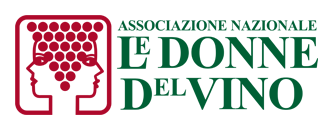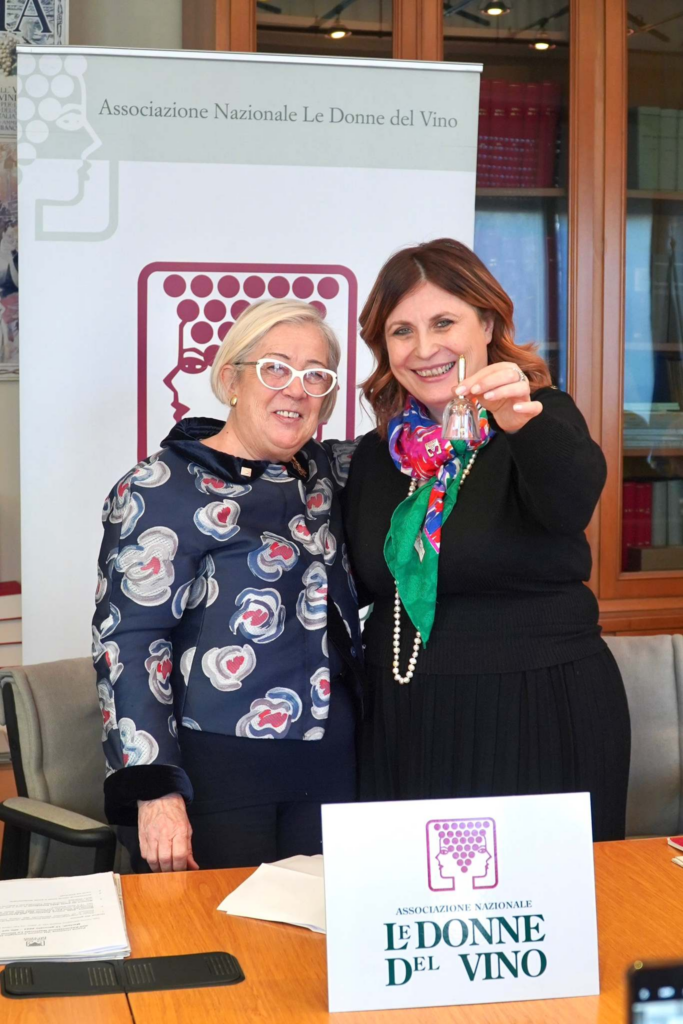
March 8th, International Women’s Day, is always the right occasion to celebrate the progress made by women worldwide in economic, political, and cultural spheres. However, celebration alone is not enough; we also want to take a moment to reflect on ongoing changes and support the fight for further advancements.
To do so, we’ve asked Daniela Mastroberardino, the current president of the Italian National Association Women of Wine, some questions to shed light on women and wine, focusing on female presence in the industry, their involvement, and driving force.
The Italian National Association Women of Wine was established in 1988. What was the reason behind its creation at that historical moment?
would say it was the result of the minds of determined and visionary women, in times far from gender equality, quotas, and gender pay gaps, and at a historical period when wine was not yet a daily topic in the media. The Women of Wine made headlines. Elisabetta Tognana was 32 when, in March 1988, during the “Firenze a Tavola” event, she founded the association. A small group of women attended the first meeting, women who served as examples for other young women who would take up the torch. This was the driving force behind a change that, after over 35 years, we fully understand the significance of.
What are the current numbers and figures of the association, and what work does it carry out within the wine industry?

Currently, we have over 1,100 active members in various sectors, from production to distribution, including communication and sommelier expertise. This interdisciplinary approach has characterized us from the beginning, anticipating trends and being a reason for our success. Today, the association is the largest and most organized in the world, a union of extraordinary professionals in the wine world and an expression of a female universe that plays a leading role in hospitality, culture, care, and safeguarding of the territory. Our mission is to enhance wine culture and responsible consumption, promote the role of women in the wine sector in society and work, provide education, and bring the voice of women to Italian and foreign wine institutions and organizations.
How has the position of women in this industry, deeply rooted in historical traditions and where family traditions carry significant weight, changed over the years?
A survey a few years ago focused on the choices of women in rural areas, confirming that roots and family traditions weighed heavily. 80% came from a family of agri-food entrepreneurs, with 54% making this choice over time as an opportunity to fulfill the desire to work independently (60%) (source “Imprenditoria femminile nella filiera del food” Pink Lady e Swg).
A more recent survey (2022 Nomisma Wine Monitor Viaggio nell’Italia del vino) provides an indication of female presence in Italian wine companies: in vineyards and cellars, their presence is 14%. Women increase in number and role as wine approaches consumers: they represent 80% of marketing and communication staff, 51% in sales, and 76% in wine tourism.
Do you believe there is adequate women’s representation in top positions? What steps need to be taken, and what are the obstacles to change?

A pre-pandemic study depicted a scenario where one out of three agricultural companies with vineyards and/or cellars was already run by women, with numbers decreasing as the size of the company increased.
That being said, female presence in top positions may seem limited, but it still reflects an ongoing change, with better performance compared to other sectors.
Recent studies show that in Italy, 22% of companies are led by women. The percentage varies across different sectors because female management is concentrated in tourism and agri-food sectors, reaching 28% in restaurants (2022 Restaurant Report by FIPE Confcommercio) and agriculture (Confagricoltura 2021).
What needs to be done for change? We need to be aware that gender equality is still a priority, especially regarding balancing family and work responsibilities, not to mention the lack of suitable services to help women not have to choose between work and family.
A question about your professional life. How has your experience been in your company?
My story closely resembles the classic profile of many entrepreneurs in this sector. I was born into a family that has been producing wine since the late 18th century. At 26, I made the decision to embark on a new entrepreneurial path with my father and brothers, far from the cellar of my childhood, amidst many difficulties that then marked the decades to follow alongside the successes of what became our company, Terredora Di Paolo.
My experience was lived in an environment where I was the only woman in management with an administrative role. Then life brought turmoil into our little world and revolutionized our lives. I was entrusted with other roles, which broadened my horizons, and over the years, new female figures, both family and non-family, joined the company.

We’d like your viewpoint on the wine industry in general. The numbers from the International Organization of Vine and Wine speak of a decline in consumption and production. What solutions have wineries adopted to adapt to the times?
After the difficulties of the mid-1980s and the subsequent catharsis that transformed Italian wine into one of the great ambassadors of Made in Italy worldwide, we find ourselves at a turning point. Exports are slowing down, young people are disenchanted with the product, increasingly anti-alcohol policies are gaining ground, demonizing wine despite moderate consumption and sociability being integral parts of the consumption style, which does not include the idea of excess.
Behind us, therefore, is the world we knew, while ahead, the horizon is obscured by clouds, some of which are unrelated to industry dynamics. I would summarize them as global instability weighing on our companies, along with internal sector issues, such as evolving consumption trends and communication seeking to define new codes to face the future with greater serenity.
Faced with these complex scenarios, there is no one-size-fits-all solution; everyone tries to navigate as best they can. Some prioritize focusing on identity product styles, reclaiming forgotten grape varieties, for example, while others look to the market, such as low-alcohol, dealcoholized, sparkling wines, or wines with a predominantly international taste.
One last question: how do Italian companies view the online sales channel? Do you believe it represents a valid channel for a traditional sector? Which consumers can be targeted through e-commerce?
E-commerce e has become one of the many sales channels for companies; the pandemic has definitively legitimized it. As for whether it can represent a valid purchasing channel for the Horeca sector, I would say we may have to wait. Instead, I believe it can be an extremely useful channel for introducing young people to wine, as they buy a lot online, driven by curiosity and a desire to experiment.














